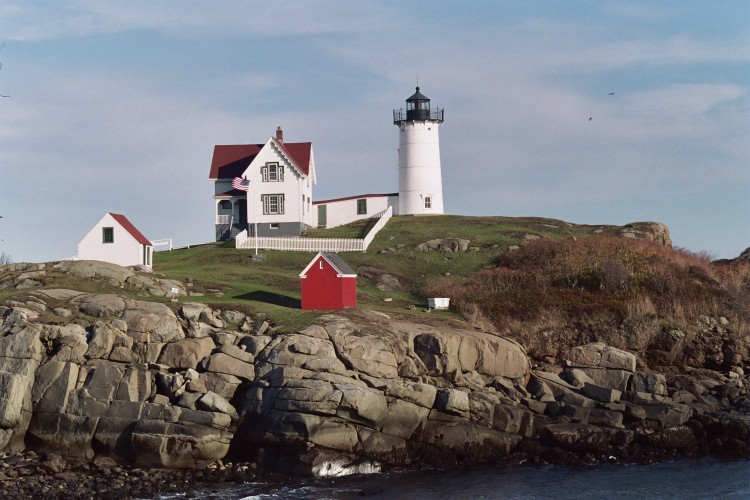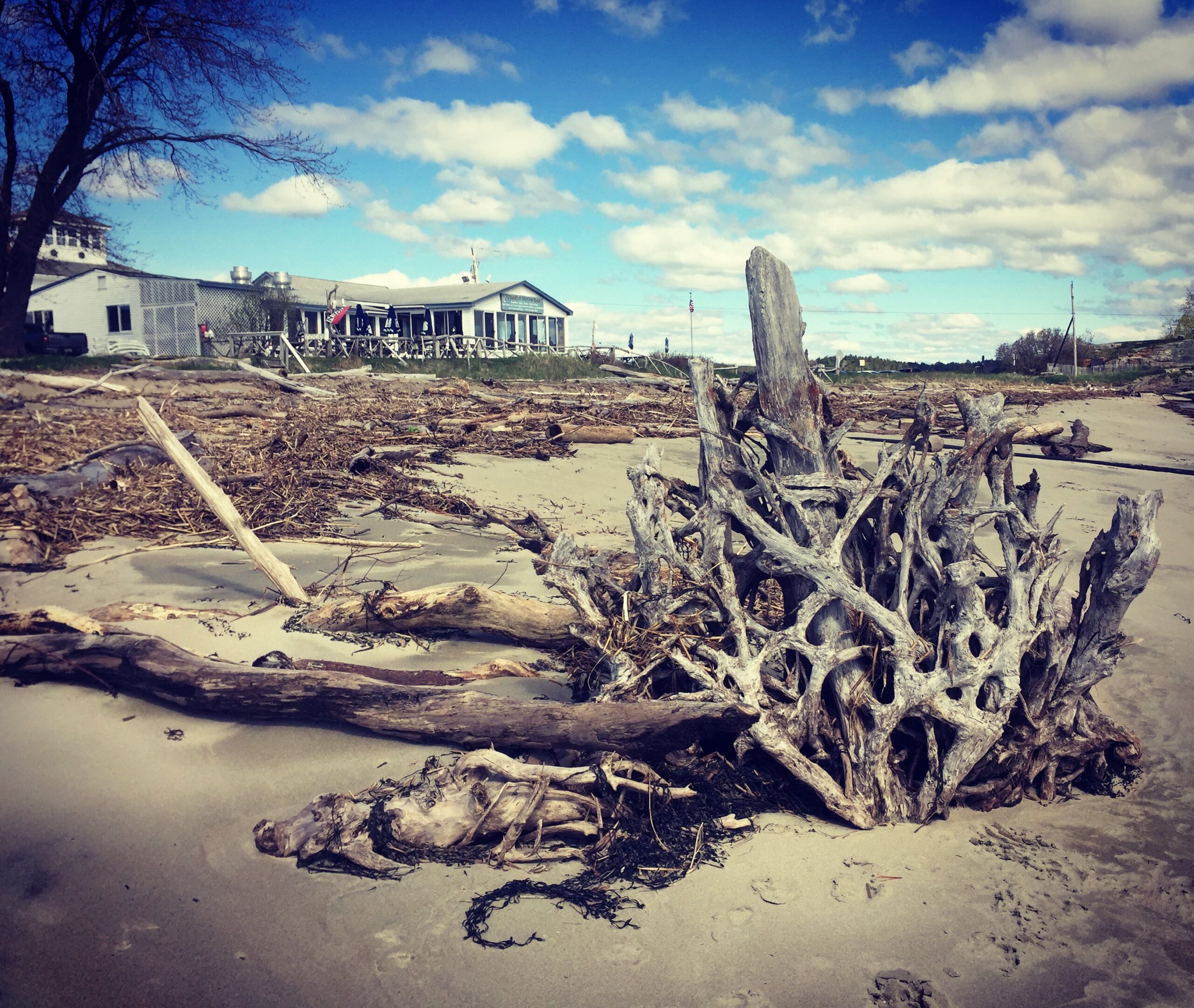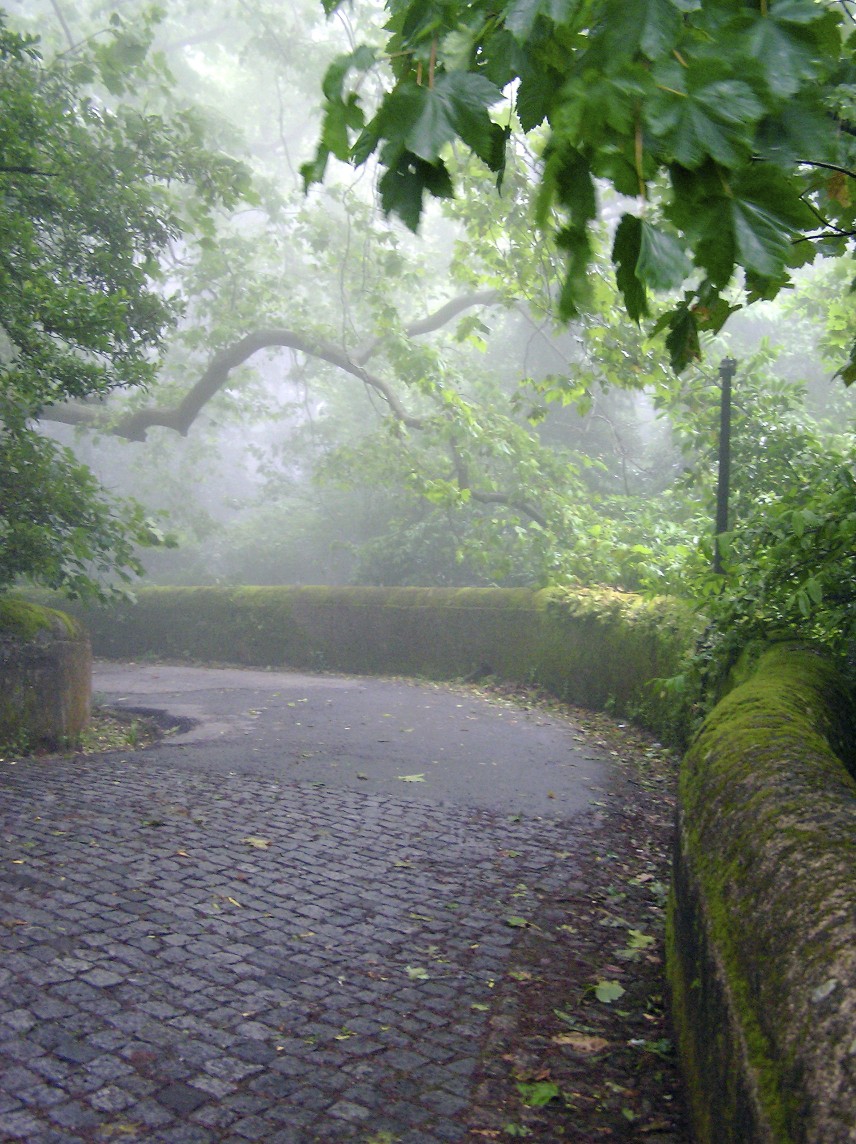
At this point, we seek to escape the responsibility and the frightening characteristics of true freedom. We construct and then worship religious and secular idols. We also identify or create satanic enemies. As many of us are now painfully aware, other races or ethnic groups may be used to justify the totalitarian state. In this way, we are able to escape responsibility and existential anxiety through our dependence and reliance on the state and its leaders.
The conversation about freedom during the early years of the modern era was about the emergence of the individual. Each of us was to stand nobly in distinction from (even in opposition to) society. We are often encouraged to stand in opposition to the environment in which we live: we are here on Earth to subdue and transcend “Mother Nature”. Richard Sennett (1976) documented the decline of what he called “public man” during the seventeenth century in Europe. Public man was fully connected to and even embedded in his society. He entered public life without facade or pretense, believing that his society was stable and supportive of his role. During the seventeenth century, a new “private man” emerged, one who no longer felt connected to society. Private man dressed up, used makeup, and established a distinctive, individual identity when leaving the confines of home and venturing out into public. One can add the decline of monolithic (Catholic) religion, its replacement by highly individualized private (Protestant) relationships between man and God, and the related emergence of individualistic capitalism (Weber, 1958). With these additional societal forces at play, potential for the isolation of Western man became even greater (Jung, 1938).
Today, the sense of anxiety and alienation experienced by each human living alone in a complex, unpredictable and turbulent world may be even greater. Anxiety and alienation abound regardless of whether we live in the West, in the liberated countries of Eastern Europe, or elsewhere in the world. Christopher Lasch offered a still-insightful observation thirty years ago that we have entered an era of the minimal self. This is a self that is “uncertain of its own outlines, longing either to remake the world in its own image or to merge into its environment in blissful union” (Lasch, 1984, p. 19). “The minimal self,” according to Lasch, “is not just a defensive response to danger but arises out of a more fundamental social transformation: the replacement of a reliable world of durable objects by a world of flickering images that make it harder and harder to distinguish reality from fantasy.” (p. 19).








